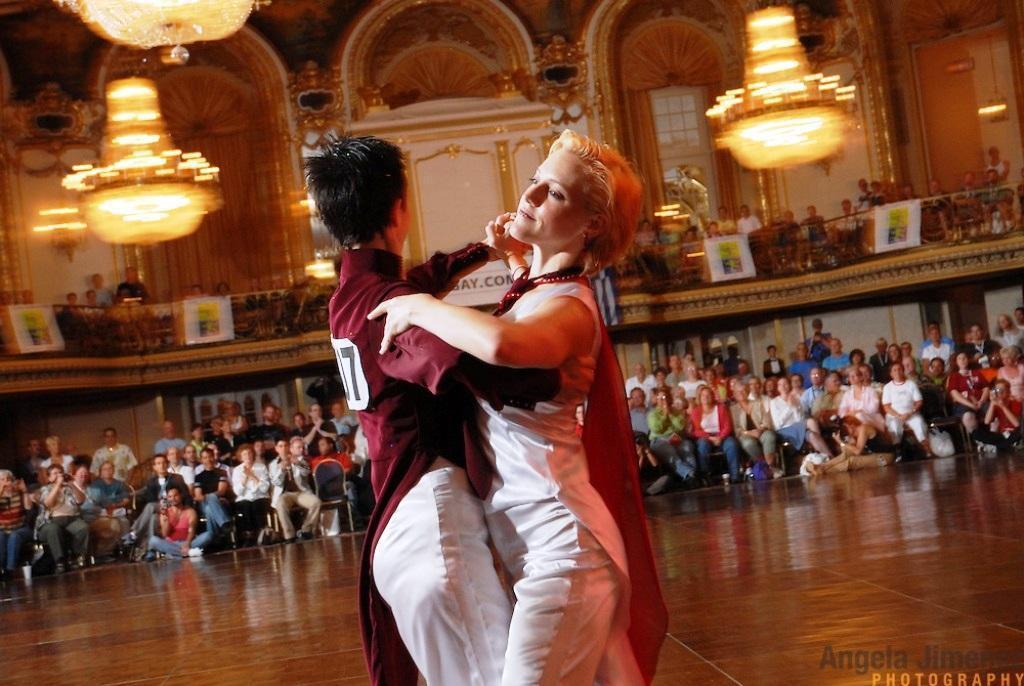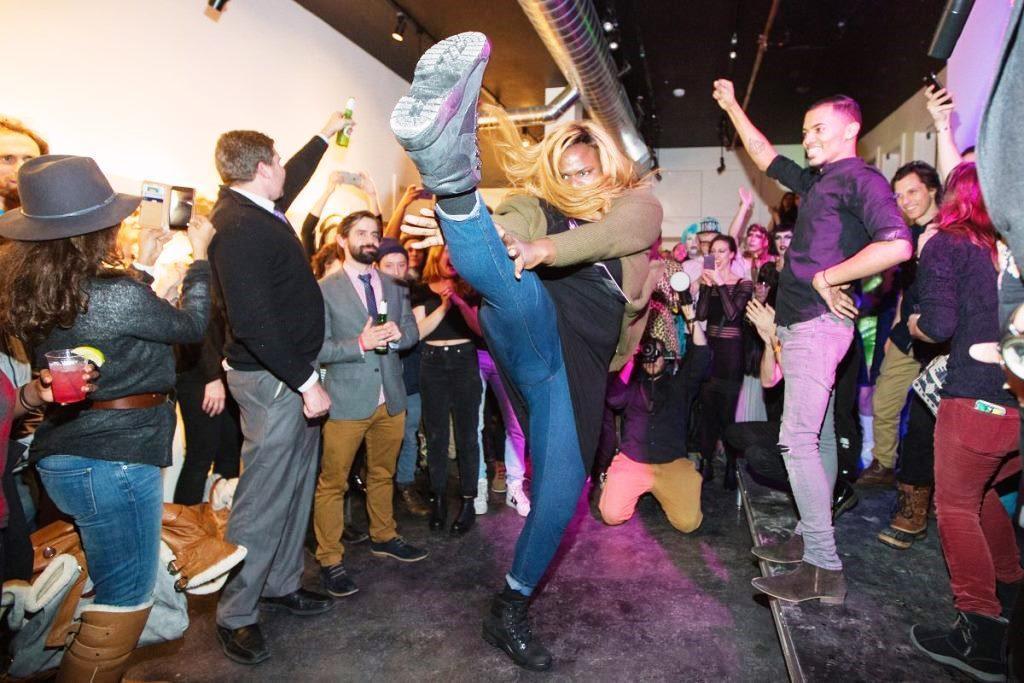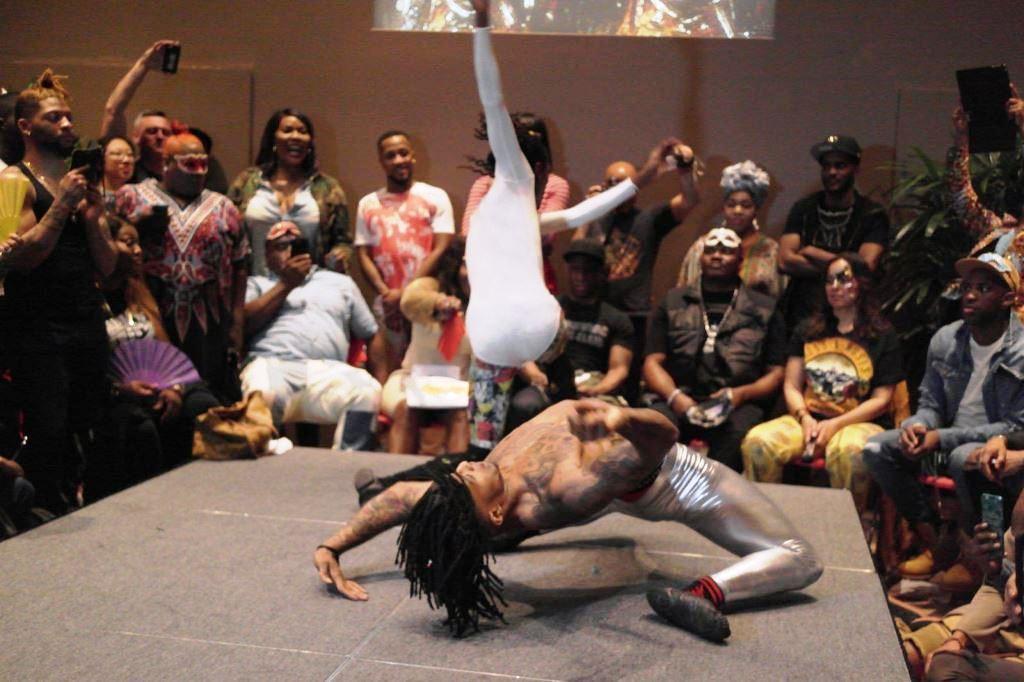
1. Introduction: Exploring the Representation of LGBT People in Ballroom Dance in the UK
Introduction: Exploring the Representation of LGBT People in Ballroom Dance in the UK
Ballroom dancing is a popular pastime in the UK, with many people enjoying the physical and social benefits that come with it. However, the representation of LGBT people in ballroom dancing has been limited in the past. This article aims to explore how ballroom dancing is changing to become more inclusive of LGBT people, and to celebrate the progress that has been made in this area.
LGBT Representation in Ballroom Dance: A Historical Overview
Historically, ballroom dancing has been seen as a more traditional, heterosexual activity. This has meant that LGBT people have not been fully included or represented in the ballroom dancing community. However, this has been changing in recent years, with more and more LGBT people taking part in ballroom dancing.
LGBT Representation in Ballroom Dance Today
Today, there is a growing movement to make ballroom dancing more inclusive of LGBT people. This includes initiatives such as the ‘LGBT Ballroom Dance Festival’, which seeks to create a safe and welcoming space for LGBT people to participate in ballroom dancing. In addition, there are now a number of ballroom dancing competitions that are specifically for LGBT people, such as the ‘Rainbow Ballroom Championships’.
Conclusion
The representation of LGBT people in ballroom dance in the UK is changing for the better. By creating inclusive spaces and competitions, ballroom dancing is becoming more accessible to LGBT people. This article has explored the progress that has been made in this area, and celebrated the positive changes that are taking place.
2. History of Ballroom Dance in the UK
History of Ballroom Dance in the UK
Ballroom dancing has been part of British culture for centuries. It is believed that ballroom dancing originated in the British Isles in the 1500s, when couples would gather in large halls and dance together in a circle. Over the centuries, different styles of ballroom dancing have developed, including the Waltz, Foxtrot, Quickstep, and Tango.
In the 19th century, ballroom dancing was popular among the upper classes in Britain. It was seen as a way to socialise, and many balls were held in grand houses and stately homes. As the 20th century progressed, ballroom dancing became more accessible to the general public, and it is now popular in many different countries.
In recent years, ballroom dancing has become increasingly popular within the LGBT community in the UK. In particular, the LGBT community has embraced the art of same-sex ballroom dancing, which has been growing in popularity since the early 2000s.
The Rise of Same-Sex Ballroom Dancing
Same-sex ballroom dancing has been growing in popularity in the UK since the early 2000s. It is seen as an empowering and liberating experience for members of the LGBT community, and many people have embraced it as a way to express themselves.
In recent years, same-sex ballroom dancing has become more visible in the UK. Competitions and events have been held across the country, and there are now several same-sex ballroom dance clubs in major cities.
Celebrating LGBT Representation in Ballroom Dance
Same-sex ballroom dancing is a powerful way for members of the LGBT community to express themselves and celebrate their identity. It is a form of self-expression that is becoming increasingly visible in the UK, and it is important to recognise and celebrate this.
At uk-ballroom.co.uk, we are committed to promoting and celebrating LGBT representation in ballroom dance. We believe that everyone should be able to express themselves through ballroom dancing, and we are proud to support the LGBT community in this endeavour.
3. LGBT Representation in Ballroom Dance: Past and Present
LGBT Representation in Ballroom Dance: Past and Present
The history of ballroom dancing in Britain is one that has seen a broad range of representation from the LGBT community. From the early days of the 19th century when same-sex dance partners were accepted, to the modern day where same-sex couples are competing in mainstream competitions, the LGBT community has had an important role to play in the evolution of ballroom dance in the UK.
Early Days of Same-Sex Dance Partners
In the early days of ballroom dancing in Britain, same-sex dance partners were accepted and even encouraged. This was a time before the term ‘LGBT’ had been coined, but same-sex couples were still able to take part in the same events as their heterosexual counterparts. This acceptance of same-sex couples in the ballroom dancing scene was a rare example of tolerance and acceptance in a time when homosexuality was generally frowned upon.
Modern Day Representation
In modern day ballroom dancing, same-sex couples are accepted and even celebrated. There are a number of competitions that are open to same-sex couples, and many of the most popular ballroom dancing competitions in the UK now feature same-sex couples as part of the competition. This has allowed the LGBT community to be more open and visible in the ballroom dancing scene, and has helped to create a more inclusive and welcoming environment for all.
Conclusion
The LGBT community has had a long and varied history of representation in ballroom dancing in the UK. From the early days of acceptance and tolerance, to the modern day where same-sex couples are welcomed and celebrated, the LGBT community has been an important part of the evolution of ballroom dancing in the UK. As the ballroom dancing scene continues to evolve, it is important to remember the role that the LGBT community has had in its success.
4. How LGBT Representation is Celebrated in the Ballroom Dance Community
LGBT Representation in the Ballroom Dance Community
The ballroom dance community is an inclusive and welcoming one that celebrates the diversity of its members. LGBT representation is especially celebrated and encouraged in the ballroom dance community.
LGBT-Inclusive Events
Many ballroom dance events are LGBT-inclusive, and some are even specifically designed for the LGBT community. These events may include same-sex couple competitions and/or same-sex dance classes. Such events provide a safe and supportive environment for LGBT dancers to come together and share their love of the dance.
LGBT-Friendly Dance Venues
There are a number of LGBT-friendly dance venues in the UK that cater specifically to the LGBT community. These venues provide a safe and supportive environment for LGBT dancers to come together and express themselves through dance.
Support for LGBT Dancers
The ballroom dance community is supportive of LGBT dancers. There are a number of organizations and initiatives that provide support and resources to LGBT dancers, such as the LGBT Ballroom Dance Alliance, which provides resources, advice, and support to LGBT dancers.
Celebrating LGBT Representation
The ballroom dance community celebrates LGBT representation in a number of ways. Many ballroom dance competitions feature same-sex couples and same-sex dance classes. There are also a number of LGBT-friendly dance venues that provide a safe and supportive environment for LGBT dancers. The ballroom dance community is an inclusive and welcoming one that celebrates the diversity of its members.
5. Interviews with LGBT Ballroom Dancers
Celebrating LGBT Representation in Ballroom Dance
Interviews with LGBT Ballroom Dancers
We spoke to four LGBT ballroom dancers to get their perspectives on the importance of representation and the impact it has had on their lives.
Interview with Andrew
Andrew is a queer dancer who started ballroom dancing in his twenties and has been an active member of the LGBT ballroom community for the past decade. He says:
“I think it’s really important to have LGBT representation in ballroom dancing, because it shows that we’re accepted and that we can be successful in the sport. It’s also a great way to demonstrate that we’re all just people who are passionate about dancing.”
Interview with Emma
Emma is a lesbian dancer who has been competing in ballroom for over 15 years. She believes that LGBT representation in the sport is essential:
“It’s important to have LGBT representation in ballroom dancing because it helps to normalise us and our relationships. It also helps to create a safe and inclusive environment for all dancers.”
Interview with Chris
Chris is a gay dancer who has been dancing for over 20 years. He believes that LGBT representation is important because it can help to create a more open and welcoming environment:
“I think it’s really important to have LGBT representation in ballroom dance because it helps to create a more accepting atmosphere. It also allows us to show that we’re just like everyone else and that we can be successful in the sport.”
Interview with Sarah
Sarah is a transgender dancer who has been competing in ballroom for over 10 years. She believes that LGBT representation is essential for creating an inclusive environment:
“I think it’s really important to have LGBT representation in ballroom dance because it helps to create a safe and welcoming environment for all dancers. It also helps to normalise us and our relationships, which is really important.”
6. Conclusion: Celebrating LGBT Representation in Ballroom Dance in the UK
Conclusion: Celebrating LGBT Representation in Ballroom Dance in the UK
Ballroom dance is a vibrant art form that has been embraced by people from all walks of life. It is a great way to express yourself, build confidence, and make new friends. In recent years, the UK has seen a surge in LGBT representation in ballroom dance. This is a great thing for the UK ballroom dance community, as it helps to create a more inclusive and diverse environment.
The UK ballroom dance scene has become more LGBT-friendly in recent years, with events such as the LGBT Ballroom Dance Championships and the London Gay Ballroom Dance Festival being held annually. These events provide a safe and welcoming space for LGBT people to express themselves and be celebrated.
The UK ballroom dance community has also taken steps to ensure that all members of the community feel welcome and accepted. This includes the introduction of gender-neutral categories at competitions, which allow dancers of all genders to compete on an equal footing.
The UK ballroom dance community is a great example of how the LGBT community can be welcomed and celebrated. We hope that this trend continues in the future, and that more and more people can take part in ballroom dance, regardless of their gender or sexual orientation.
Final Thoughts
Ballroom dance is an art form that is open to everyone. It is a great way to express yourself, build confidence, and make new friends. The UK ballroom dance community has made great strides in recent years in celebrating LGBT representation in ballroom dance. We hope that this trend continues, and that ballroom dance can be a safe and welcoming space for everyone.




